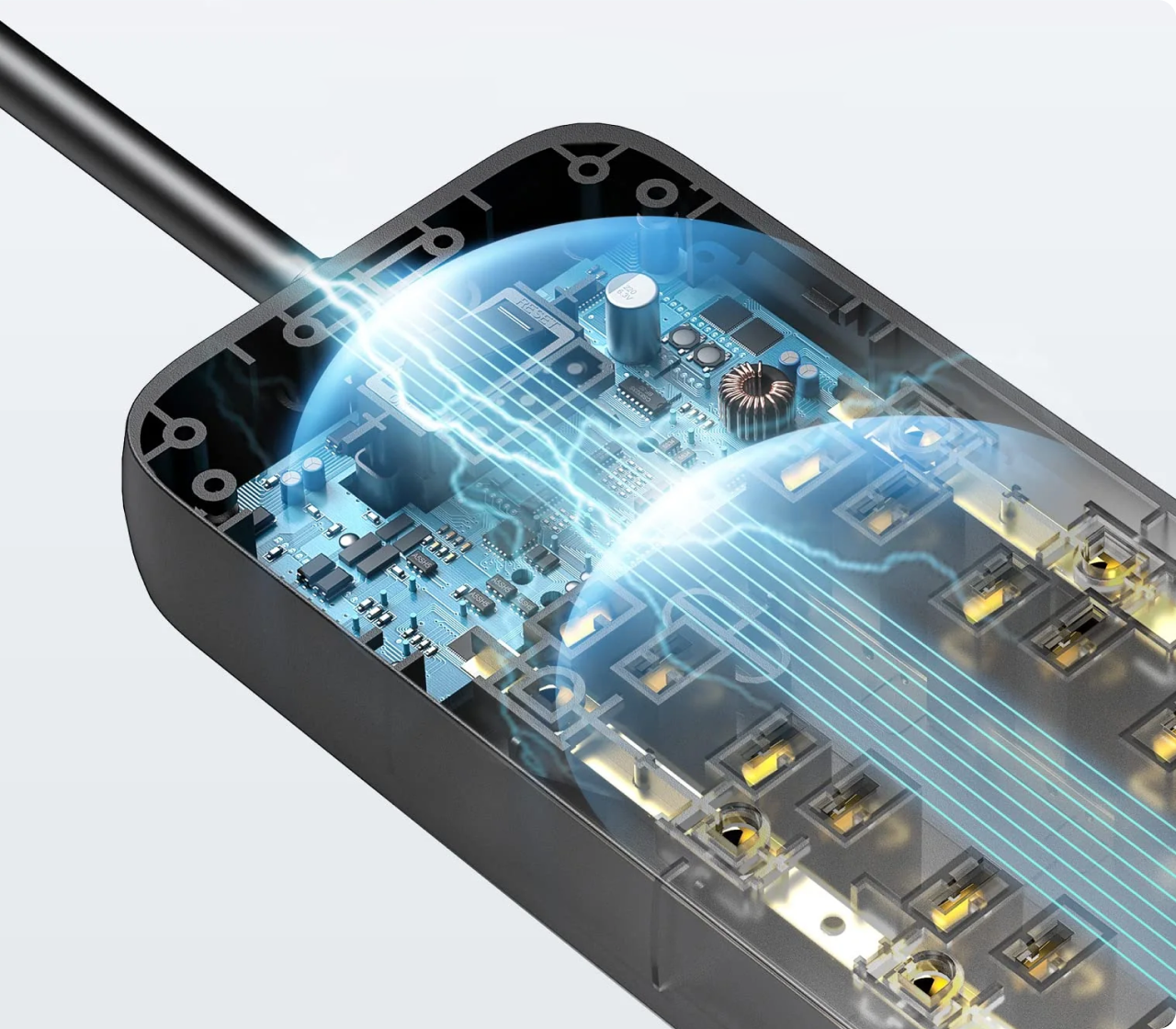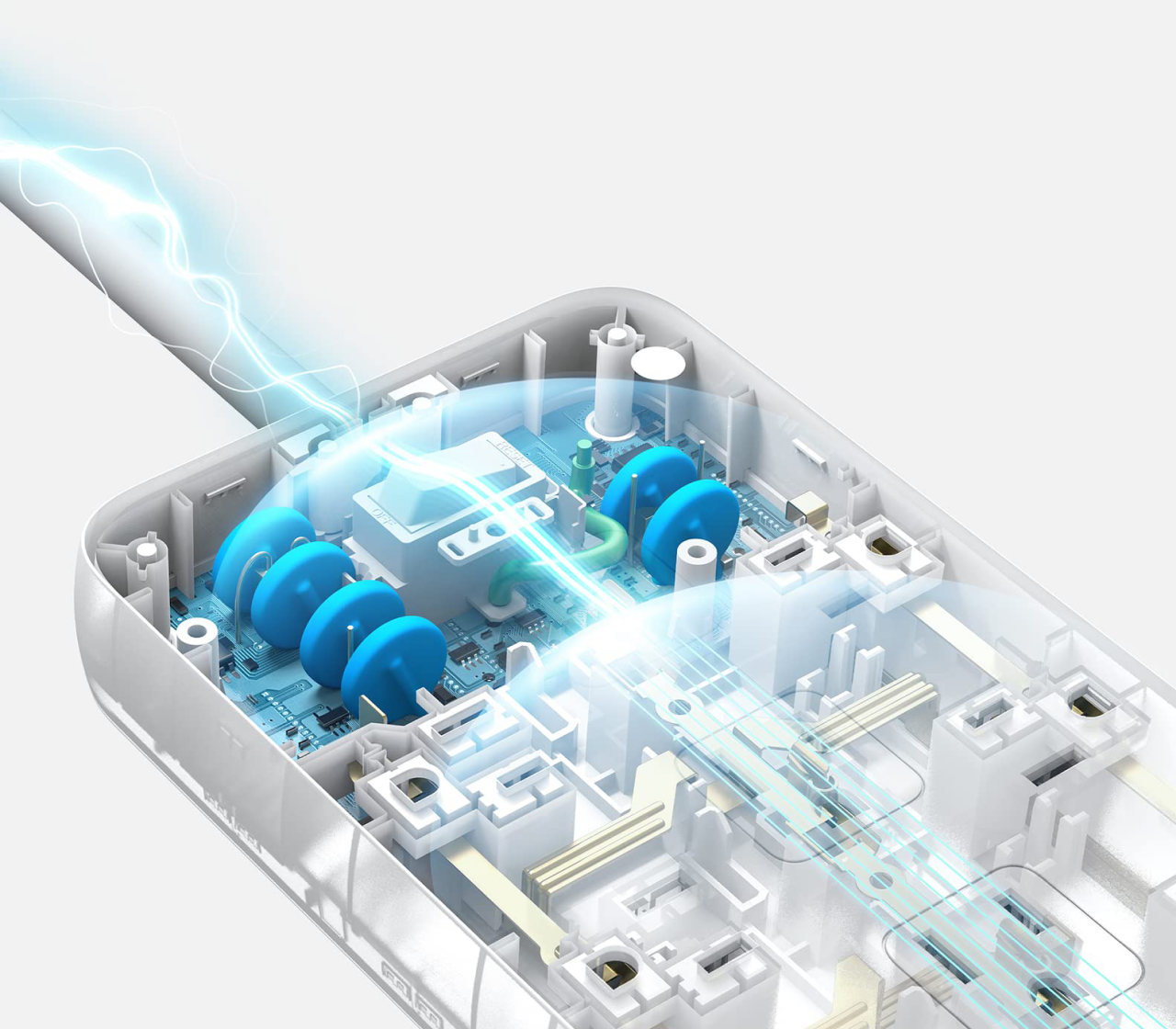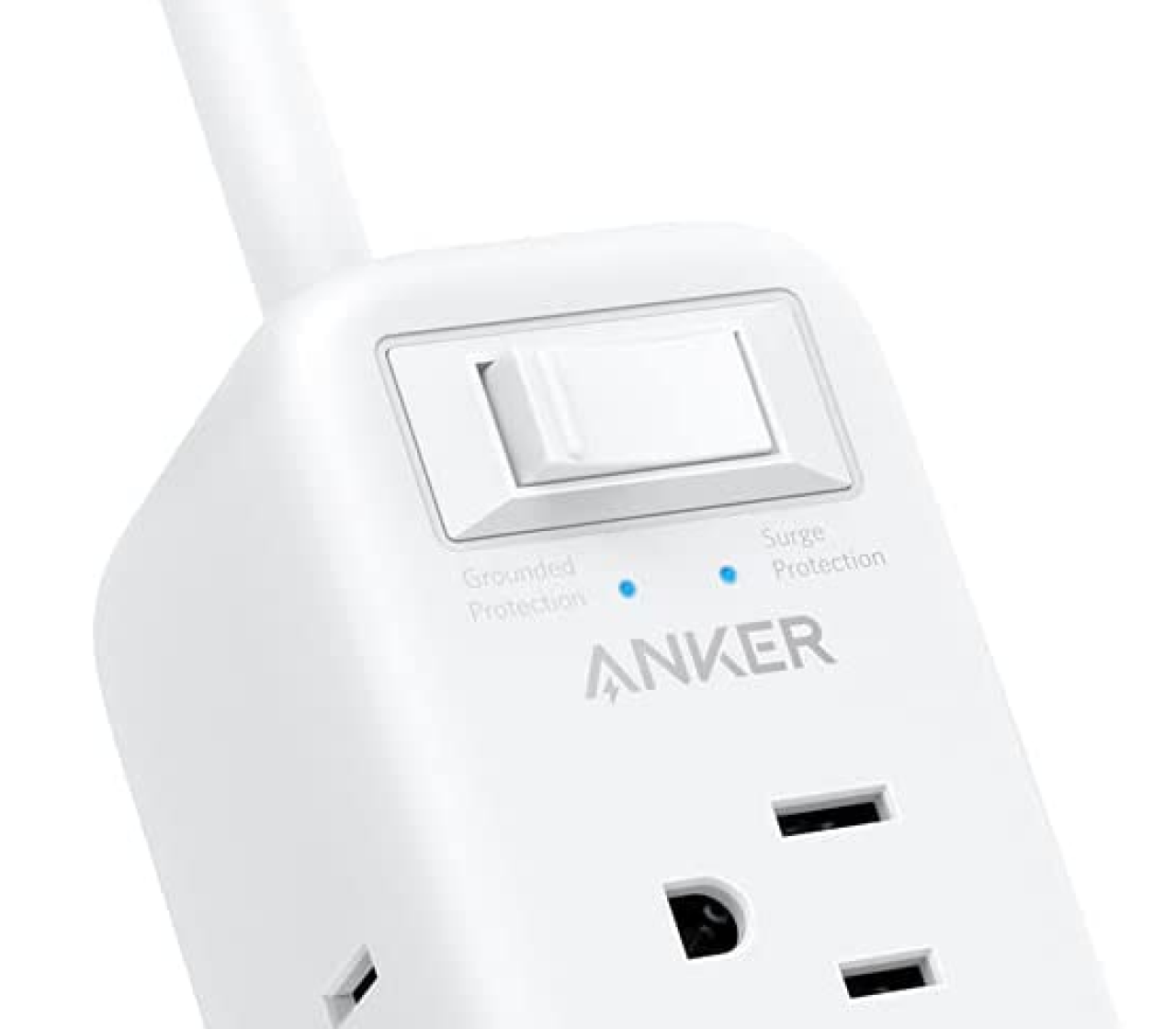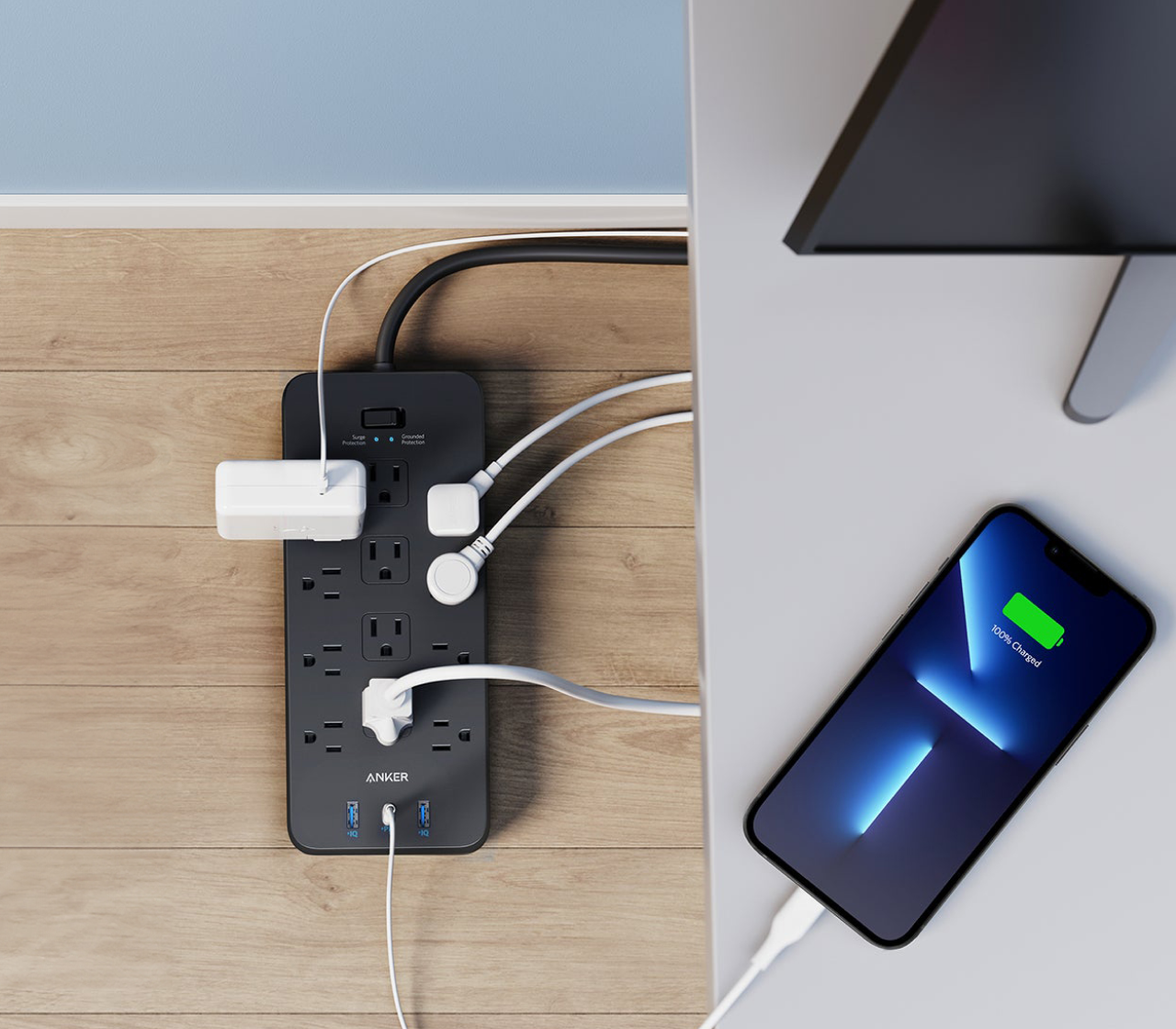
- What Is a Surge Protector?
- How Does It Work?
- Surge Protector vs. Power Strip
- Benefits
- How to Choose
- Usage Tips

What Is a Surge Protector?
A surge protector, also known as a surge suppressor or surge diverter, is a device designed to protect electrical appliances from voltage spikes in the power supply.
Voltage spikes, or surges, can occur for various reasons, such as lightning strikes, power outages, tripped circuit breakers, or malfunctions in the power grid. These surges can potentially damage or destroy electronic equipment that is sensitive to high voltage levels.
How Does a Surge Protector Work?



Surge Protectors vs. Power Strips: How Are They Different?

Why Do You Need Surge Protectors?
These spikes, which can be caused by lightning strikes, power outages, or grid switches, may lead to immediate damage or gradual degradation of internal electronic components. This results in a reduced lifespan or catastrophic failure of the devices.
The investment in a surge protector is usually significantly less than the expenses related to the loss of valuable data or the cost of new electronics. This makes surge protectors an economically sensible choice for safeguarding technological investments.
How Should You Choose Surge Protectors?
Joule Rating



How Should You Choose Surge Protectors?
Joule Rating
Clamping Voltage
Outlets and Features

- If you only need to increase the number of available outlets, a power srip might suffice.
- If you aim to protect sensitive electronics such as computers, televisions, or home theater systems from voltage spikes, a surge protector is necessary.
- Always check the product details to determine whether the device is a simple power strip or a surge protector.
Top Anker Surge Protectors for Ultimate Safety
FAQ
Q1: Are all power strips surge protectors?
Q2: Why does my house experience electrical surges?
Q3: Which appliances require surge protection?
Q4: Can surge protectors be used outdoors?
Featured Blogs on Surge Protectors
Recommended By
MKBHD
"If efficiency means something to you, then definitely check out Anker, who makes these chargers and cables that I really like."
Unbox Therapy
"I highly recommend the Anker Nano Pro. This truly is a no-brainer."
Jonathan Morrison
"This packs (Anker Nano) a tremendous amount of power in a super compact package."
ZolloTech
"It (Anker Nano Pro) will work flawlessly with your iPhone or other devices."
JerryRigEverything
"There's no reason not to upgrade to the faster charging Anker Nano which costs less while still charging 3× faster."
